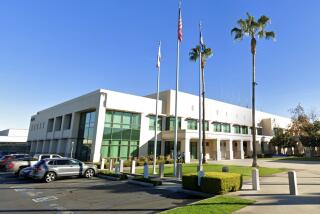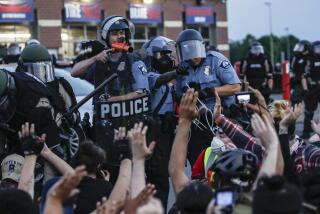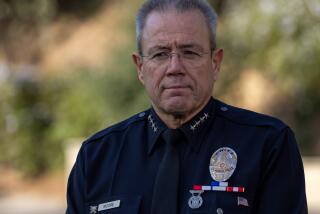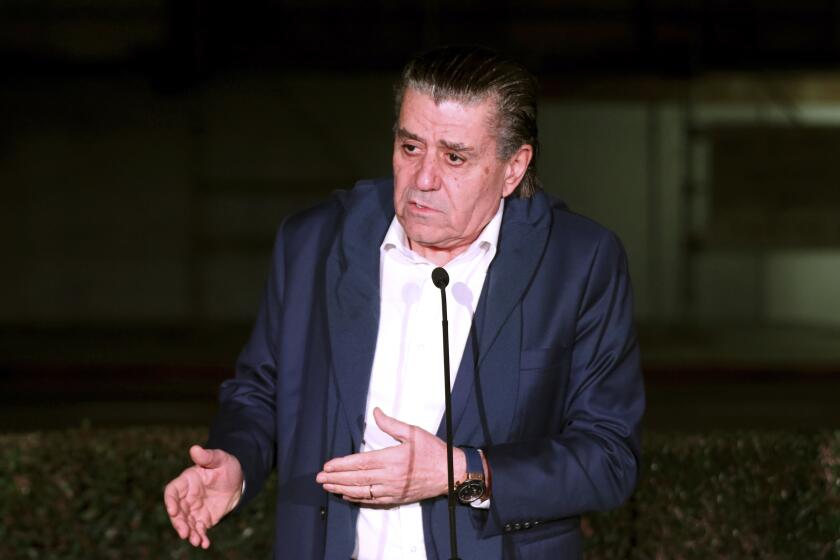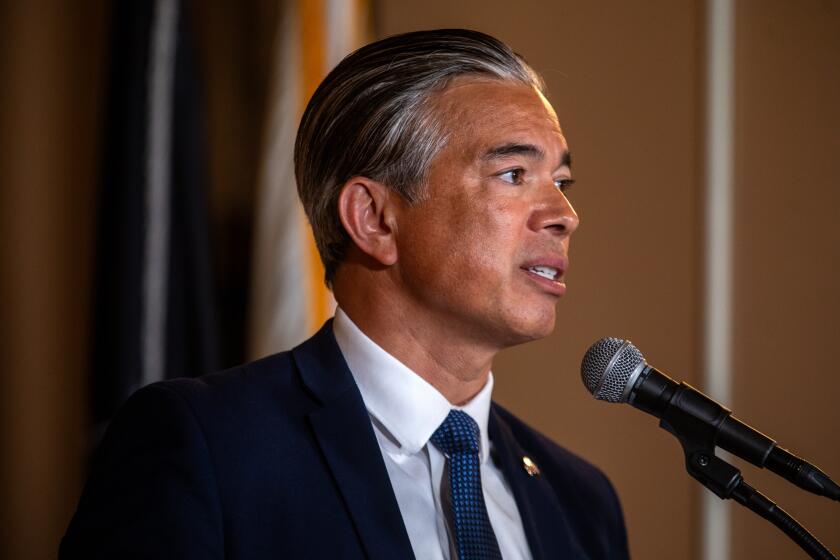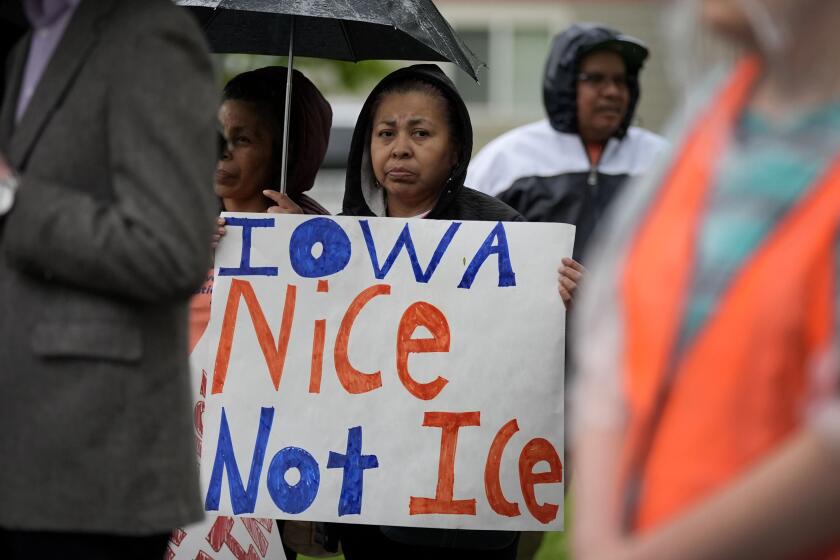Chicago police tighten rules guiding officers’ use of force
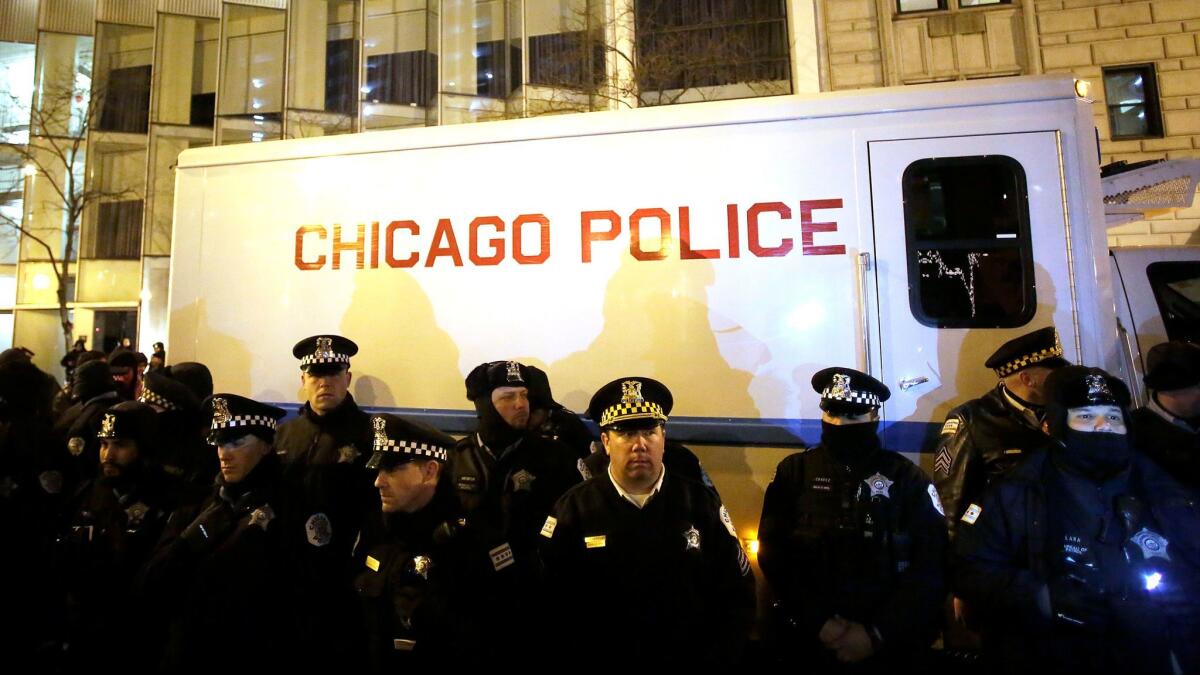
Chicago police officials have announced policy changes intended to cut back on questionable shootings and other uses of force that have haunted the department for years.
The changes, made after months of revisions, will tighten Police Department rules that experts and advocates have criticized as too permissive of unnecessary uses of force.
The policy changes — expected to take effect this fall — represent a milestone for a department upended nearly 18 months ago by the release of video of a white officer shooting black teenager Laquan McDonald 16 times.
The revised rules, however, do not go as far in some respects as the rules proposed by Police Supt. Eddie Johnson in October, when the department and Mayor Rahm Emanuel faced more intense federal scrutiny amid the immediate fallout over the video.
The final version of the department’s main use-of-force policy substantially resembles the scaled-back proposal Johnson made in March after rank-and-file police complained that his first proposal was too extreme.
In one key change, the policy holds that an officer can’t shoot a fleeing suspect unless that person presents an imminent threat to police or others. The rule that has been in place says an officer can shoot any person fleeing after committing or trying to commit a felony using force.
The new policy also calls on officers to use their new deescalation training to try to defuse incidents. But the adopted language is less strict than what Johnson first proposed. Officers have to try deescalation only “when it is safe and feasible to do so.”
Johnson announced the new rules Wednesday at an event at police headquarters designed to show unity among his command staff, rank-and-file officers and residents.
Johnson was also joined by activist William Calloway, who helped force the release of the McDonald video. On stage during questioning by the media, Calloway greeted Johnson with a handshake and said, “What’s up, Supe?” He credited the protests over the McDonald shooting with creating change in the department.
“This is a big win for us, that our voices were heard,” Calloway said.
But he added the caution that it won’t be clear how effective the rules are until they are in place.
The policies are yet another point of disagreement between top department officials and the Fraternal Order of Police, the union that represents rank-and-file officers and whose contract with the city expires this year.
Kevin Graham, elected union president last month, released a statement decrying the “anti-law enforcement climate” in Chicago. Graham has opposed the idea that the department needs outside oversight or tougher discipline.
“Three Chicago police officers have been shot in the last two weeks. The reality is that many offenders do not want to go to jail and they become resistant or combative with officers. These violators determine the level of response by officers,” Graham said.
“For these reasons, we do not believe that extensive changes should be made to the current use of force policy. Nevertheless, we are always willing to discuss new measures with the superintendent that [ensure] the safety of our officers and [that] of the public,” the statement read.
In a break from tradition for a department that has done little to train officers on policy changes, all of the approximately 12,000 officers will receive both computerized and in-person training on the new use-of-force rules, Johnson announced.
Officer discipline has been rare and often light in Chicago, and oversight officials aiming to strengthen accountability have sought changes to use-of-force policies widely criticized as too permissive. More specific rules could give disciplinary authorities stricter standards to apply to officers who use force in questionable circumstances.
The department’s force policies drew intense focus after Emanuel was forced in November 2015 to release video from the year before of Officer Jason Van Dyke fatally shooting McDonald as the 17-year-old walked away from police with a knife in his hand.
Furious protests followed, and the U.S. Department of Justice launched an investigation into the department. Emanuel, meanwhile, made changes aimed at getting ahead of federal authorities. One of his early moves was to propose new rules on the use of force.
Hinkle writes for the Chicago Tribune.
ALSO
Tulsa officer acquitted in man’s shooting death is returning to the police force
Historically black colleges view Trump administration warily, but also with some optimism
NAACP will oust its president and revamp to better combat ‘an uncertain era’ under Trump
More to Read
Start your day right
Sign up for Essential California for news, features and recommendations from the L.A. Times and beyond in your inbox six days a week.
You may occasionally receive promotional content from the Los Angeles Times.
